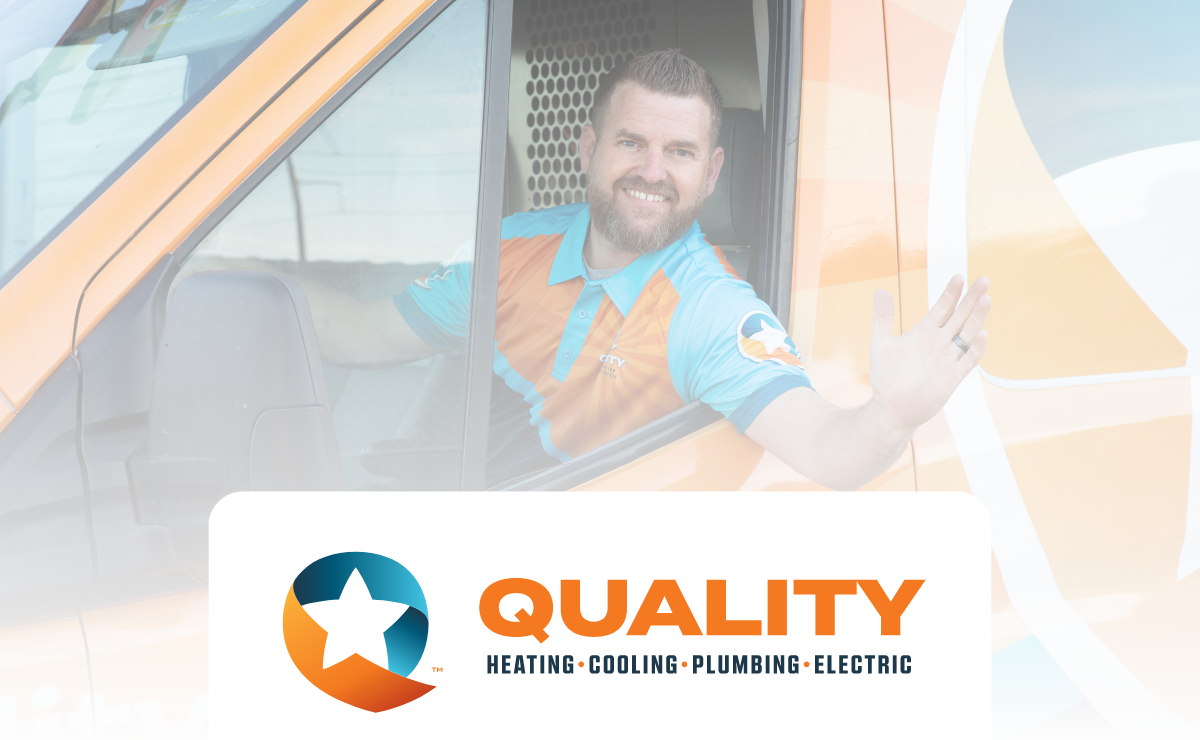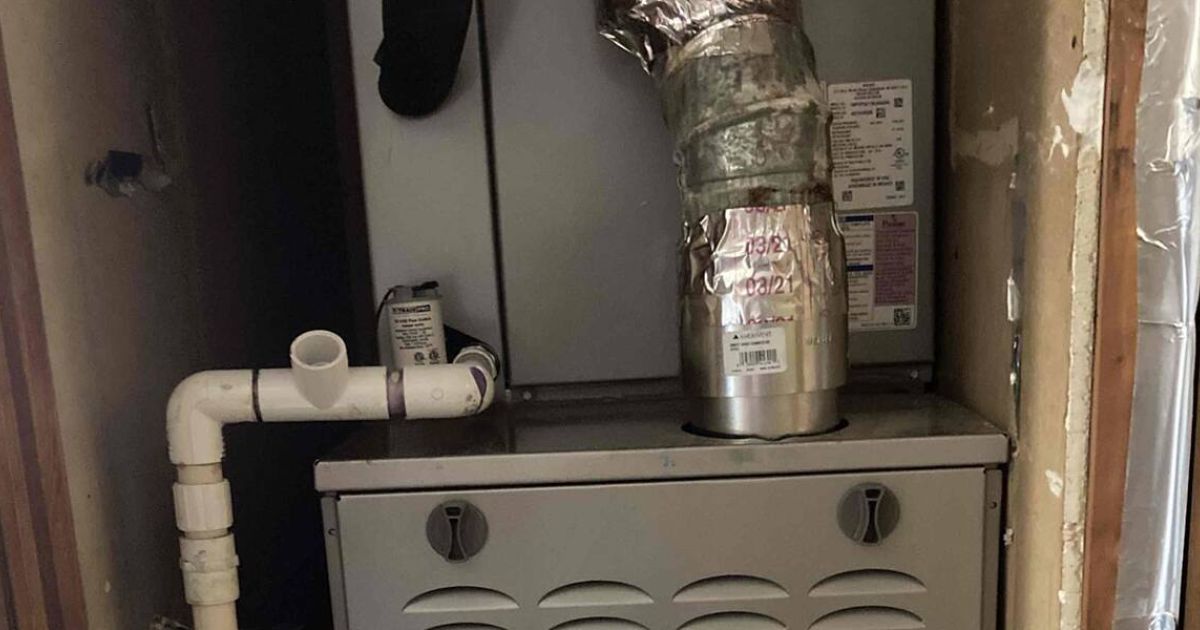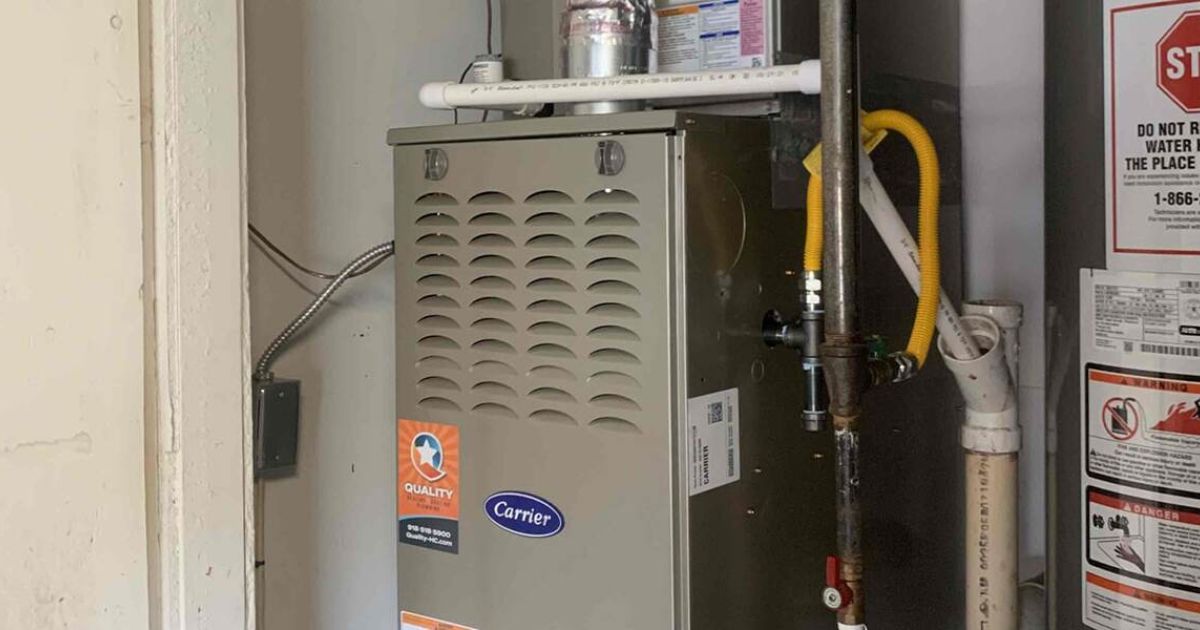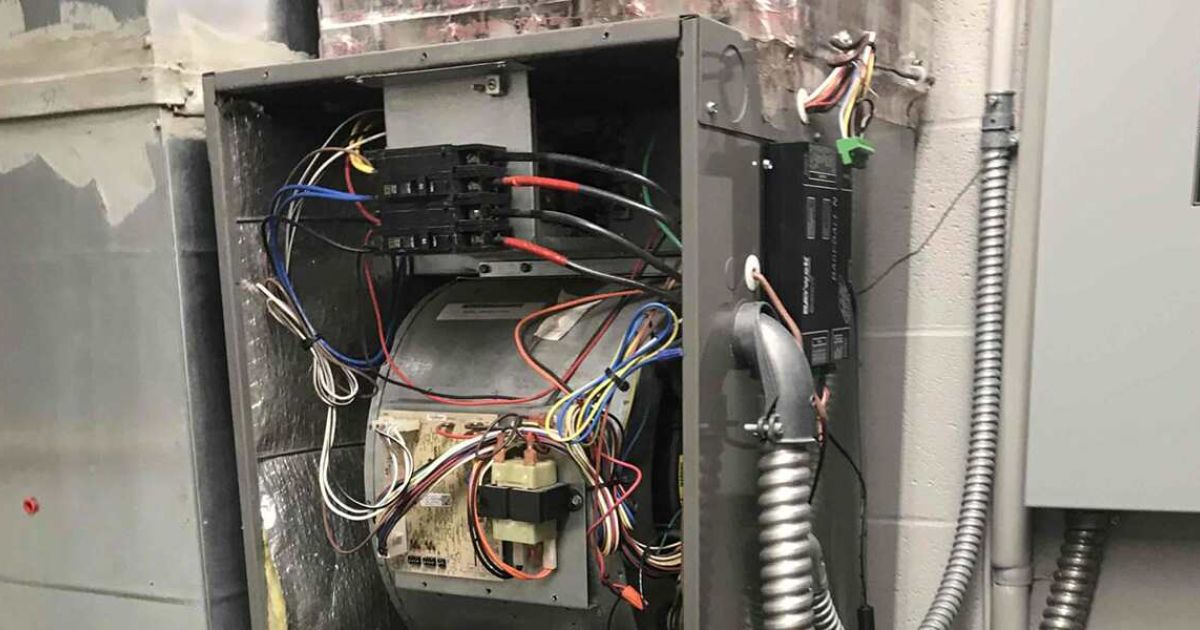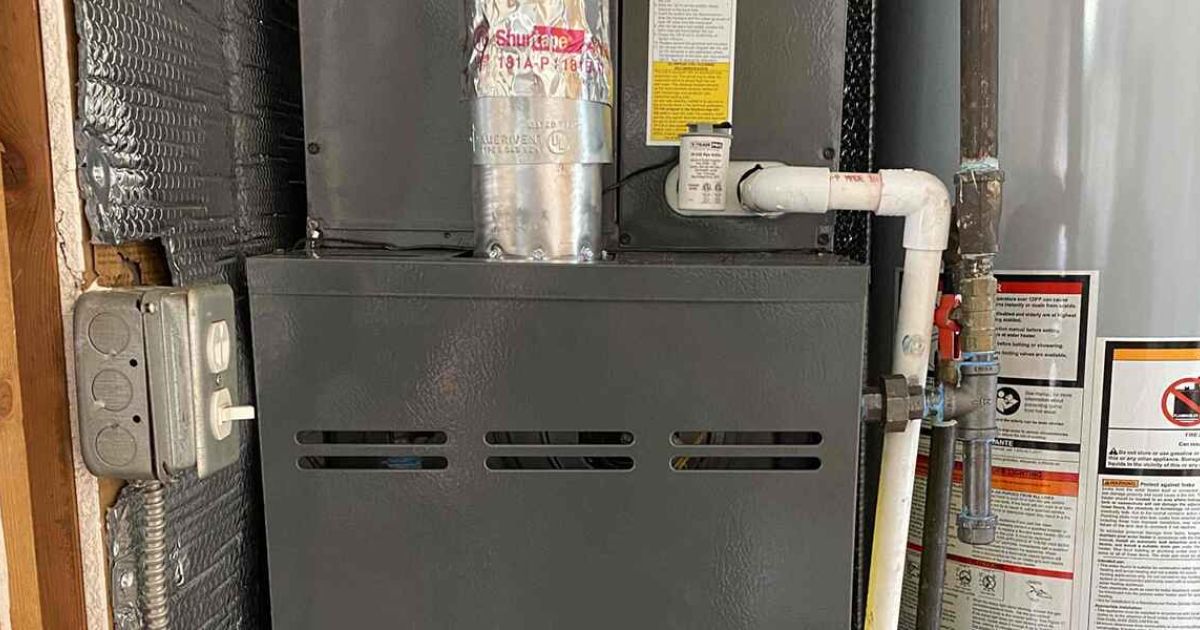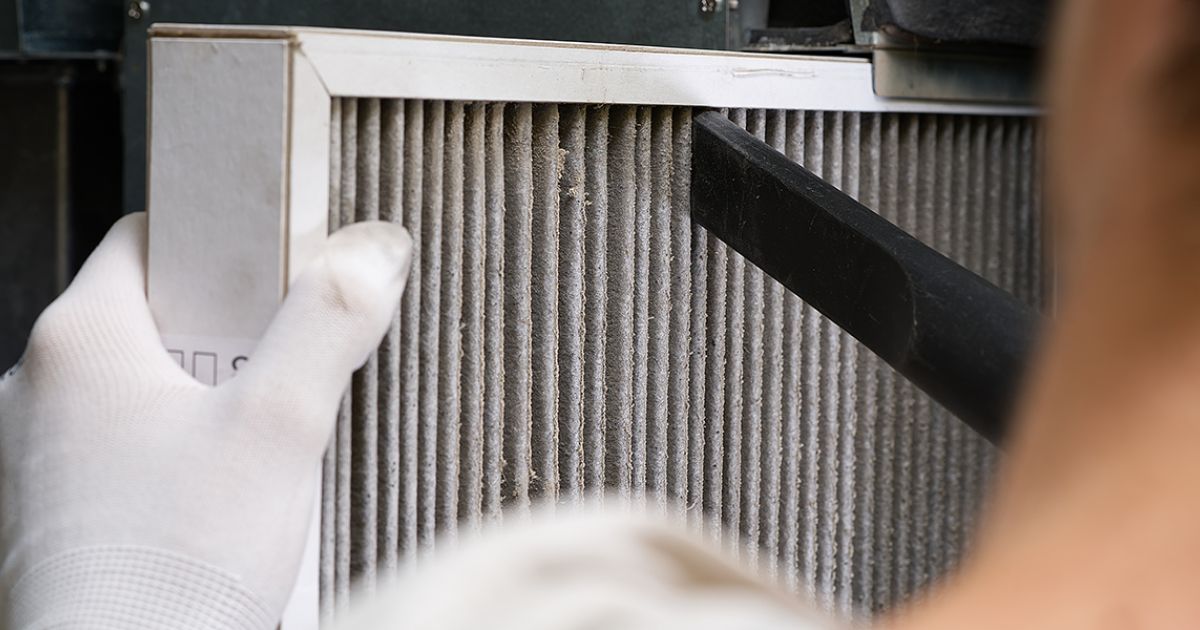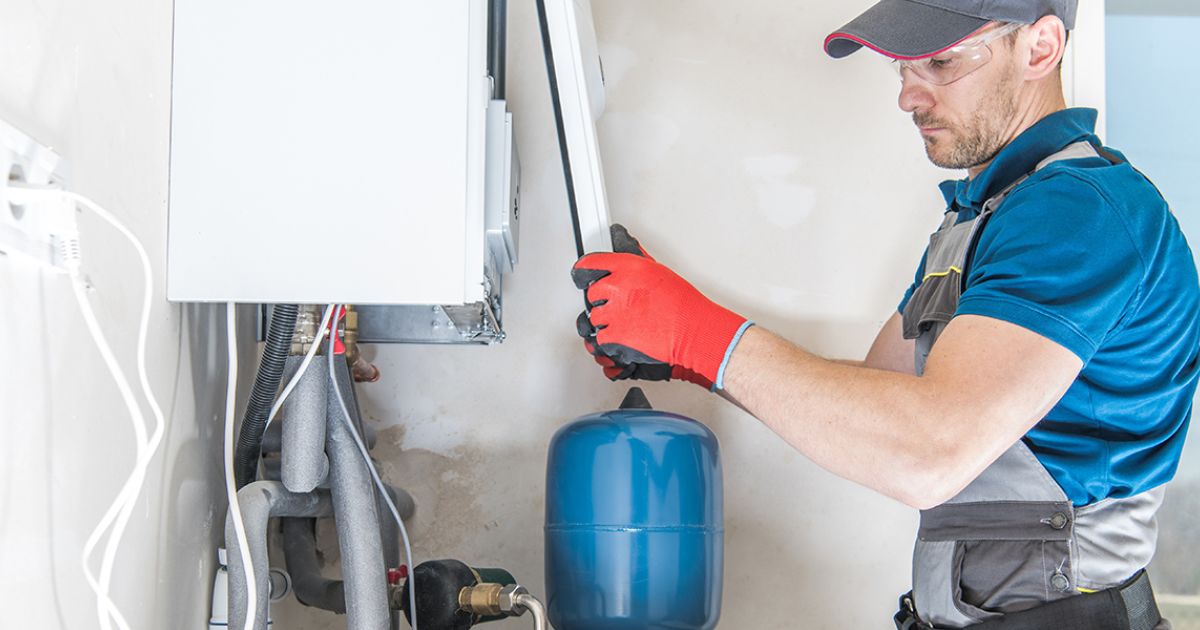Single-Stage vs Two-Stage Furnace: Which is Better For You?

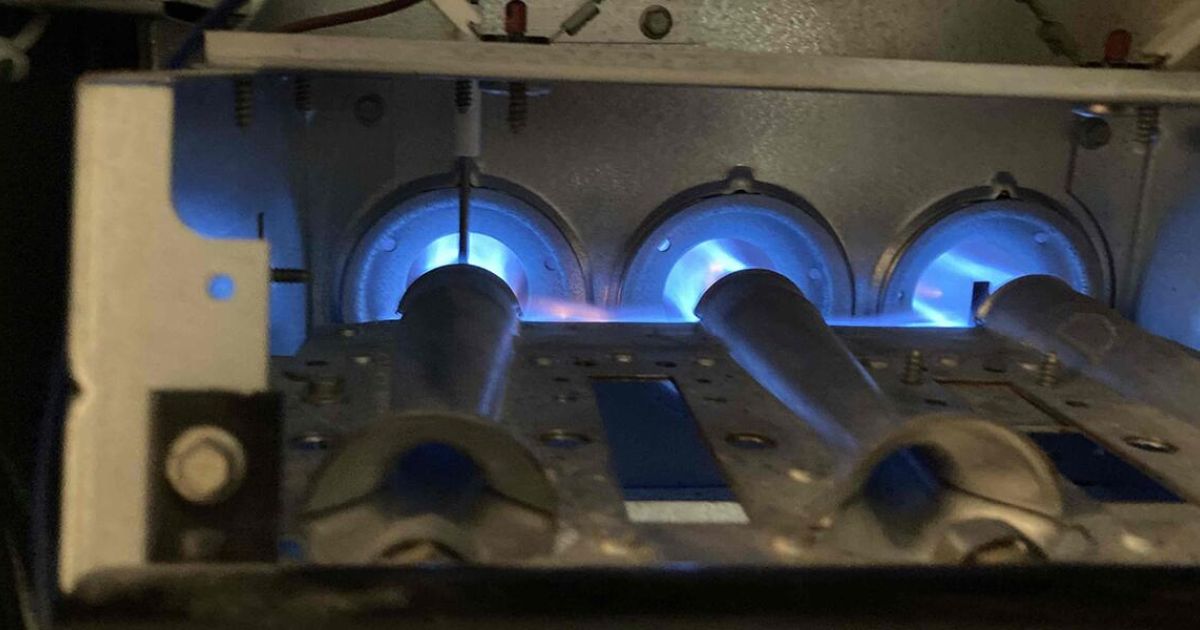
Is it time to install a new furnace? Let Quality Heating, Cooling & Plumbing help when you call (918) 212-0122.
Everybody deserves to have heat in their home. However, picking the right furnace can be tough, especially since it can cost a lot of money.
Thankfully, Tulsa’s expert heating installation professionals are here to explain the differences between single-stage vs two-stage furnaces. We can help you decide which furnace works best for your budget and living situation. By choosing the right type of furnace, you can maximize your energy savings while minimizing heating costs.
Single-Stage Furnaces
Single-stage furnaces are a simple yet effective type of furnace. The term “single stage” refers to how these furnaces only operate at one consistent power level. When you turn your single-stage furnace on, it functions at full capacity, warming your home until it reaches your desired temperature.
These systems rely on a thermostat to detect the room’s temperature and turn on and off to meet that temperature. A single-stage furnace also needs a ductwork system to transport heat throughout your home. If you don’t have the right ductwork, you might notice cold spots throughout your home.
Single-stage furnaces work well in smaller homes and apartments. They’re also excellent if you are interested in keeping your furnace installation costs to a minimum. Modern single-stage furnaces are much more efficient and reliable than their older counterparts.
Two-Stage Furnaces
Like single-stage furnaces, two-stage furnaces heat homes with an electrical or gas power supply. However, two-stage furnaces can alternate between two power levels: low power and high power. Most of the time, a two-stage furnace uses low-power settings to save energy and keep your heating costs down while still providing heat to your home.
A two-stage furnace uses the high-power setting under specific circumstances. If it’s very cold outside and your home needs extra warmth, it’ll kick into high gear to stop any cold spots from developing. However, it’ll switch back to a low-power setting once conditions change. This flexibility gives two-stage furnaces their other name: modulating furnaces.
Many people choose two-stage furnaces because of their extra functionality. Modulating furnaces offer a blend of power and efficiency that’s second to none, especially if you live in an area where the temperature often dips below freezing during the winter. When it comes to achieving the best indoor air quality possible, two-stage furnaces are more effective than single-stage furnaces.
Differences Between Single-Stage vs Two-Stage Furnaces
Aside from their power levels, there are important differences between single-stage and two-stage furnaces. While both furnaces are solid choices for heating systems, you should be aware of the difference in cost, efficiency, indoor comfort, and maintenance.
Cost
Single-stage furnaces are an affordable, cost-effective choice. After all, they’re simple systems that only require a few parts to operate effectively.
While two-stage furnaces might cost more upfront, they offer unparalleled energy savings over time. Since two-stage furnaces make better use of energy, they cost less to run. If you own a two-stage furnace for many years, you’ll save hundreds of dollars that you’d otherwise be spending on heating costs. That’s why two-stage furnaces are often a better bet for homeowners thinking on a long-term scale.
Ultimately, you have to decide whether you’d like to save more money in the short term by installing a cheaper, single-stage furnace, or if you’d like to make a long-term investment with a two-stage furnace. If you’re planning to move in the near future, it might make more sense to purchase a single-stage furnace.
Efficiency
Single-stage furnaces consistently operate at a single power level. As a result, they don’t adjust as needed to situations requiring less heat. This inflexibility makes them less energy-efficient than two-stage furnaces.
Two-stage furnaces are adaptable. Instead of operating at a single, elevated energy level, they’ll switch between high power and low power as needed. These systems maximize heat output while minimizing energy usage.
Not every homeowner prioritizes energy efficiency. However, if you’re interested in the most energy-efficient furnace possible and aren’t concerned as much with your budget, a two-stage furnace might be right for you.
Comfort
Single-stage furnaces are great at heating smaller homes and apartments. However, they can struggle with heating large, multi-story properties. Rooms near warm air vents might heat up more quickly than other areas, tricking the furnace into thinking that the entire house is warm. Your furnace may then shut off prematurely, leading to cool spots forming.
Many homeowners respond to these warm and cold spots by raising the thermostat even higher. This only puts more strain on the furnace, increasing energy bills and the risk of future malfunctions. With a two-stage furnace, you won’t have to worry about preventing warm and cold spots, as it adjusts automatically to ensure that it evenly heats your home. The added comfort and reliability make two-stage furnaces a popular choice for homeowners everywhere.
While both single-stage and two-stage furnaces offer much more comfort than no furnace, there’s a clear difference in effective operation between the two. However, if you live in a smaller house, you probably don’t have to worry about issues with cold spots and other temperature fluctuations.
Maintenance
Regarding maintenance, there are important differences between single-stage vs two-stage furnaces. Single-stage furnaces rely on fewer parts, making them easier to clean and maintain properly. Two-stage furnaces, on the other hand, are more complicated and require more specialized maintenance and technical service.
However, two-stage furnaces are much more efficient than single-stage furnaces. This efficiency means they experience less strain than single-stage furnaces, which consistently operate at a high energy level. Over time, a single-stage furnace that operates at a high level may wear down and need expensive repairs.
Both single-stage and two-stage furnaces require dedicated, regular maintenance and inspections to work properly. That’s why you should contact your local furnace experts once a year so they can examine your furnace and ensure that it works properly for years to come.
Should I Choose a Single-Stage or Two-Stage Furnace?
Ultimately, choosing a single-stage or two-stage furnace comes down to personal preference and the size of your home. If you want a cheap, reasonably effective furnace for your small home or apartment, a single-stage furnace works best for you. However, if you need to heat a larger property while ensuring energy efficiency and long-term energy savings, choose a two-stage furnace.
You’ll also need to consider other factors when picking a furnace, such as whether you want a gas or electric furnace. Modern gas furnaces are more reliable and efficient, but you need to have a gas line or pay for gas line installation when you install the furnace. They’re a popular choice among many homeowners, but others still prefer to use electric furnaces for the convenience.
Why Choose Quality Heating, Cooling & Plumbing?
Now that you understand the differences between single-stage vs two-stage furnaces, you need an experienced HVAC company to install your new furnace.
Quality Heating, Cooling & Plumbing offers premium-grade furnace installation services to homeowners throughout the Tulsa, OK, area. Our licensed and insured technicians have the experience and skills to help you select the right type of furnace and install it properly to ensure a reliable heating system for years to come.
Professional Furnace Services in Tulsa, OK
When you need professional heating services for your Tulsa home, contact Quality Heating, Cooling & Plumbing. Our technicians know the difference between single-stage vs two-stage furnaces and can help you pick the right furnace for your home. We also can explain the difference between gas vs electric furnaces. Call us at (918) 212-0122 to speak to one of our team members today!

Cassie Pound is the Vice President of Quality Heating, Cooling, Plumbing & Electric with locations in Tulsa, Glenpool, and Bartlesville, Oklahoma.
